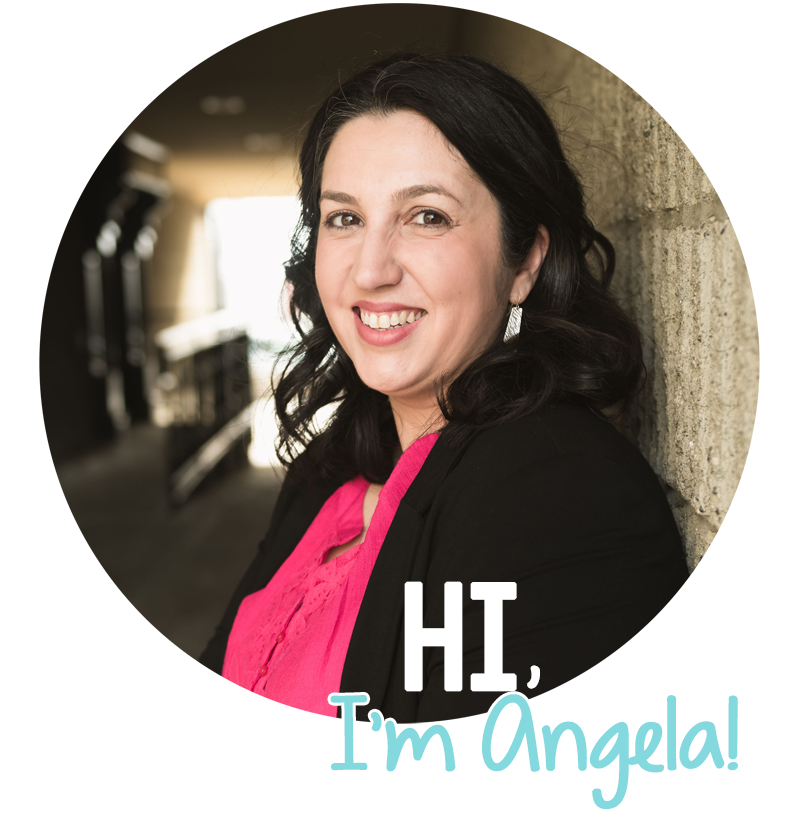If you’re a frequent reader of my blog, then you know my favourite subject to teach is Science. This year, I’m teaching a grade 4/5 split. In the grade 5 curriculum I am to teach about body systems. The grade 4s get to learn about habitats and adaptations.
With Science Fair coming up in February, it was time to teach the Scientific Method. I’ve created this poster set which I use to introduce and later on reinforce the method. You can click on the image to find out more.
Right now, these are out on my hallway bulletin board:
I knew that planaria would be a fun way to wrap up our units, and introduce the Scientific Method all at the same time. Planaria are a unique species, and my kiddos probably wouldn’t ever come across them unless they look some high school or university level biology courses (which I hope they do!)
They arrived in this box, which was excitement in itself. They were very well packed and everyone had to watch the unboxing.
Planaria have very basic organs and
systems. They have a nerve net, not an entire nervous system. They have
eye spots, not true eyes. They do have a retractable pharynx which
serves as mouth and anus (insert 10 year old giggles and gags here).
The other super cool thing is that they regenerate.
We have worked through 3 different labs with the planaria. In the
first, we investigated their response to magnetism as a whole class.
They had lots of fun tracking the planaria as they wandered about the
Petri dish. We used this information to do some data analysis. We’re currently watching the stages of regeneration and recording observations each day.
I snapped some photos during our third lab. We observed the planaria in a variety of ways – natural movements, their response to stimuli and feeding.
A blurry photo – a closeup of the
planaria eating. The kids thought it was cool that you could see the
liver inside the planaria too.
I provided students with the procedure, but they had to list their hypothesis and materials for each lab. They also had to record all observations and results.
I ❤love❤ this photo! It’s so great how engaged they all are!
I know that hands-on Science takes extra work and money. But, when you look at this level of engagement, you can see how worth it it all is!
Looking to build your Science resources? Need a low-prep blackline for lab reports? Want a thorough way to assess student knowledge and skills?
Get your copy of my two-page lab report and assessment rubric today. These resources will help to make your Science lessons a breeze from start to finish!
Are you interested in even more bulletin board ideas? Do you want to save time by finding them all in one place? Follow the image or button below to grab your copy of my free bulletin board inspiration guide.
Helping to inspire,

















Where did you find your Periodic Table Cards ("Keep calm and Science On") or did you make those?
I made them myself in Powerpoint.
Are the cards not actually the periodic table? I am trying to come up with an idea for teacher appreciation door decoration and would love to do this.
I'd like to make the teacher's name or just this but I can't find the E. LOL